Although I’m not religious, the concept of pilgrimage has always resonated with me. In the absence of a traditional spiritual path, the dozens of journeys I’ve taken throughout my life have afforded me the meaning and connection most people find in a house of worship or a book of scripture.
Japan’s Kumano Kodo, a network of trails that traverse the mountains of Wakayama prefecture’s Kii Peninsula, is a superlative place to access your source, no matter how you define it. It’s also a wonderful workout and visually interesting as well; you don’t need to have a higher purpose for going than…well, going.
This Kumano Kodo itinerary, to be sure, is meant to be a practical guide more than a semantic one. I’m not interested in telling you what your journey should mean—I just want to make it easy for you to take!
For Most Travelers, the Nakahechi is the Kumano Kodo
If you look at a map of the various trails that comprise the pilgrimage, the idea of planning a Kumano Kodo 3 day itinerary might seem impossible. In total, the various branches of the route are hundreds of kilometers in length, never mind any gains in elevation. Many readers have emailed me to say that gave up simply because they were overwhelmed!
The good news is that only one of these branches—the central Nakahechi—is of relevance to the vast majority of would-be hikes. While both the Iseji (which leads to the Ise Grand Shrine in Mie prefecture) and the Kohechi (which heads north to Koyasan) are interesting and exhilarating, they require a time commitments that’s simply not realistic for the majority of travelers.
Where to Stop Along the Kumano Kodo
Kii-Tanabe and Takijiri
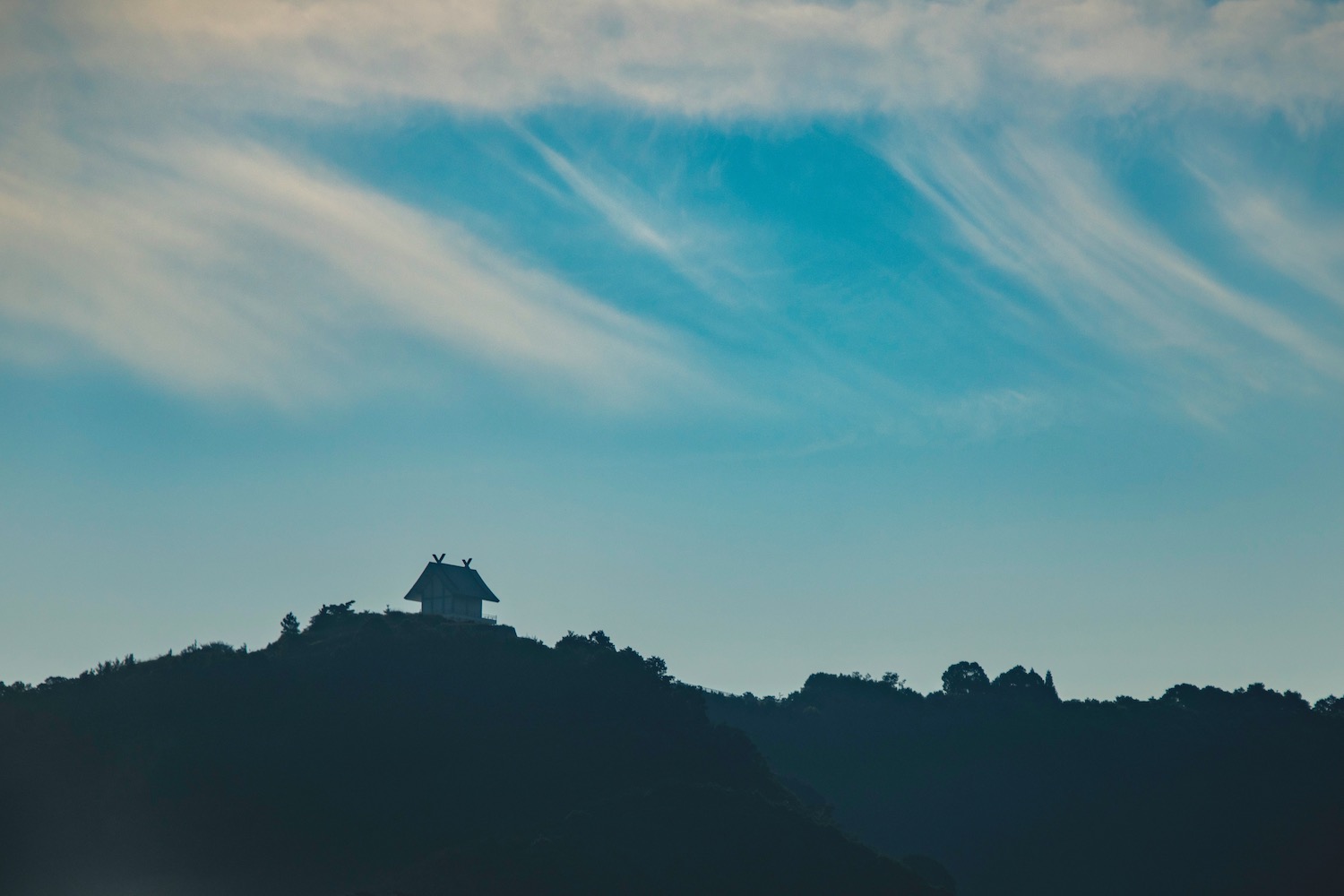
Whether you’re coming from Kyoto, Osaka or Koyasan, you’ll need to spend the night in Kii-Tanabe, located near the station of the same name. Conveniently, Kuroshio Limited Express trains all stop here, which means it’s pretty quick to reach. This will allow you to set off first thing the next morning, boarding a bus bound for Takijiri, which is where the Nakahechi officially begins.
Takahara
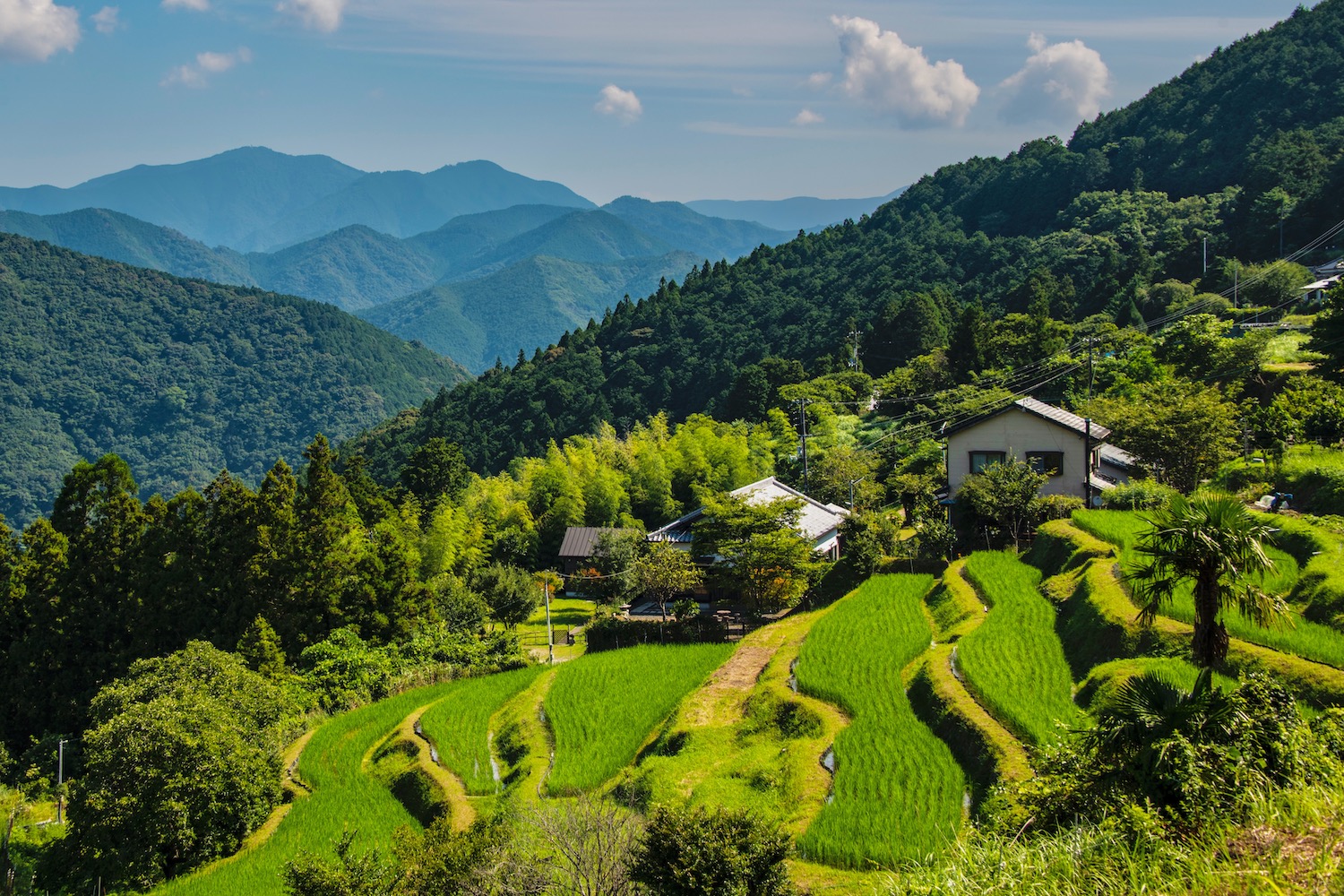
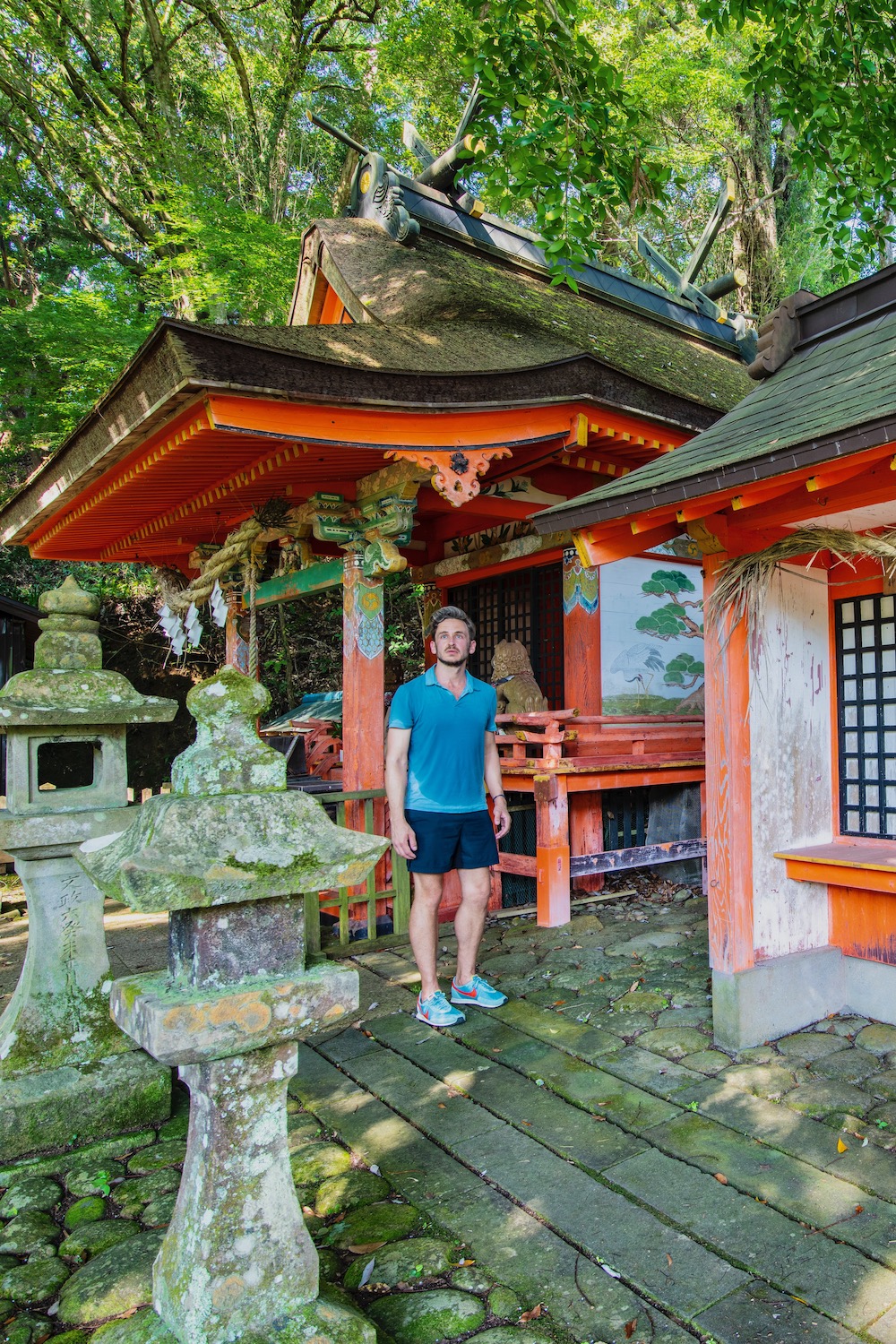
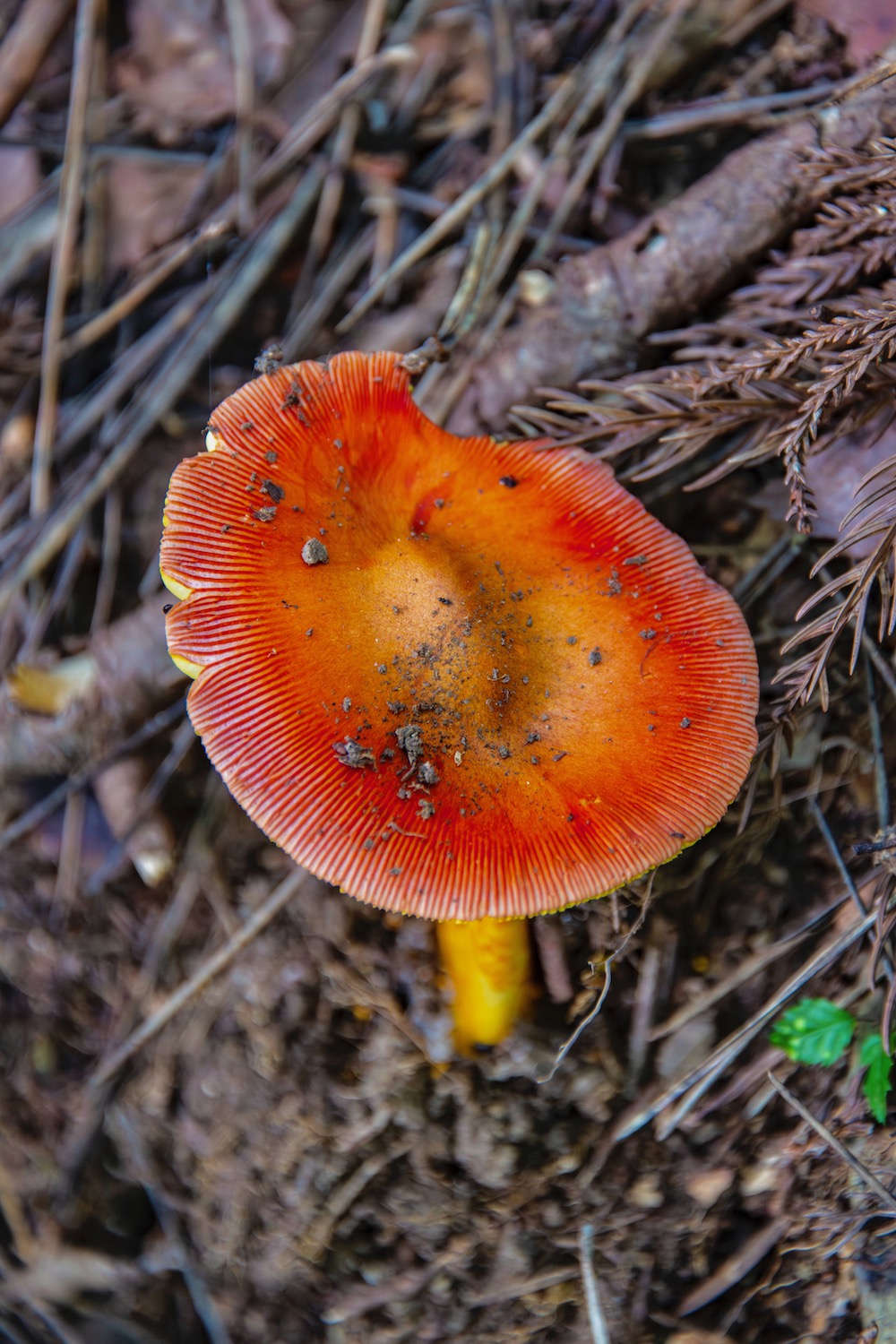
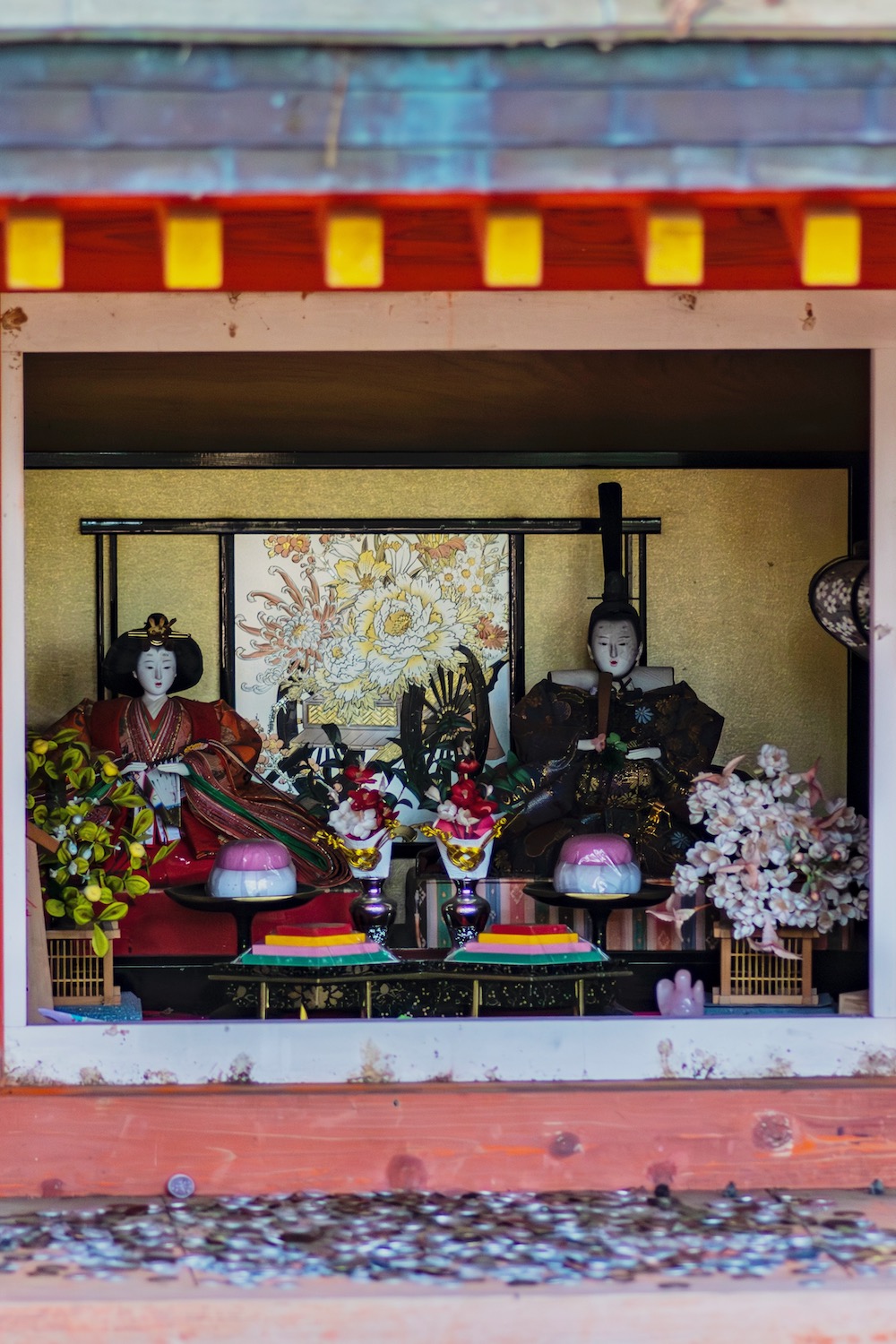

The Nakahechi begins with a steep uphill climb through dense forest; it’s less than 4 km to Takahara (the first notable town along the trail), but it feels much longer. Note that while some travelers may decide to stay the night here, if you’re planning a Kumano Kodo 2 day itinerary (or even three days), you’ll probably need to continue onward, whether via foot or bus.
Chikatsuyu

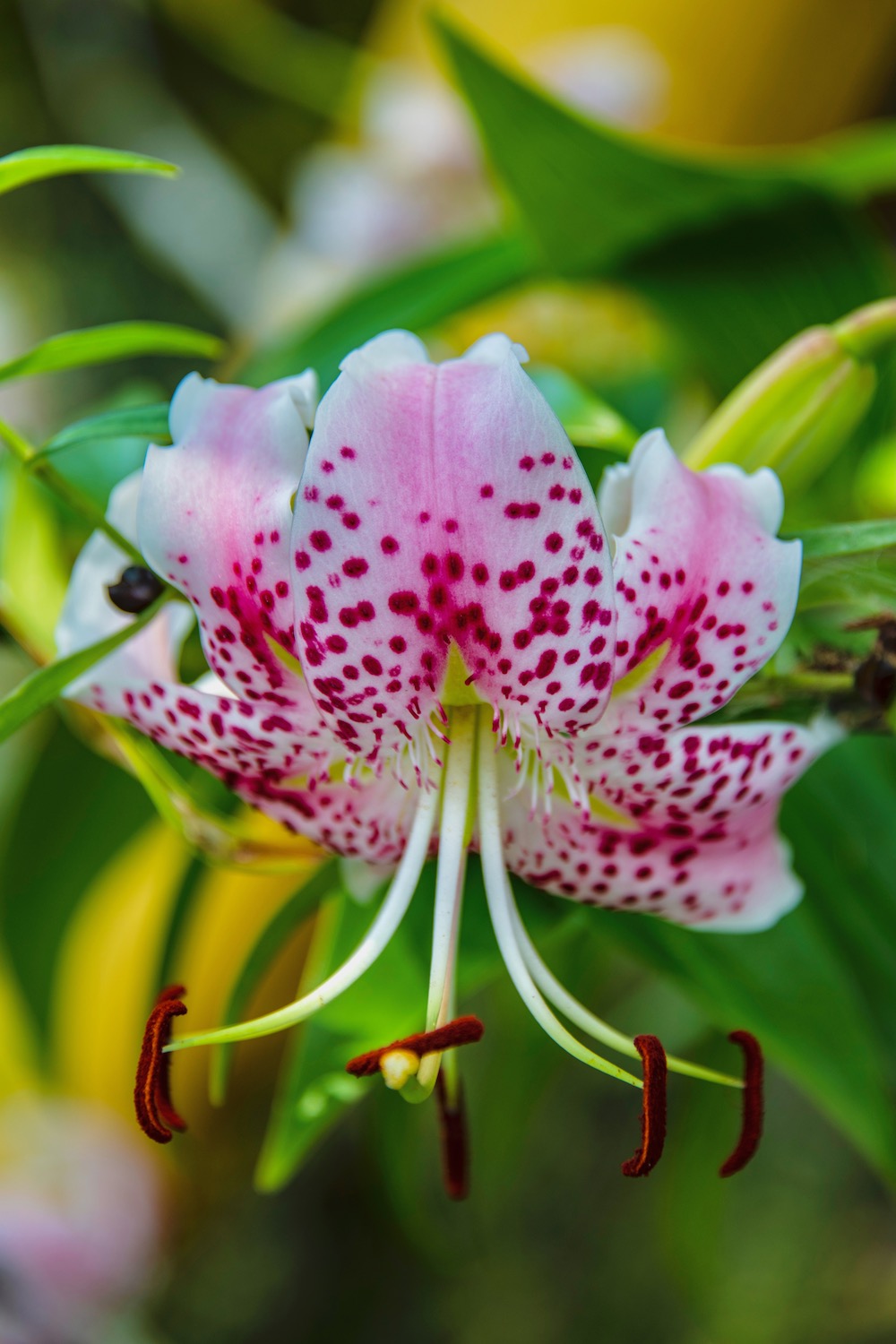
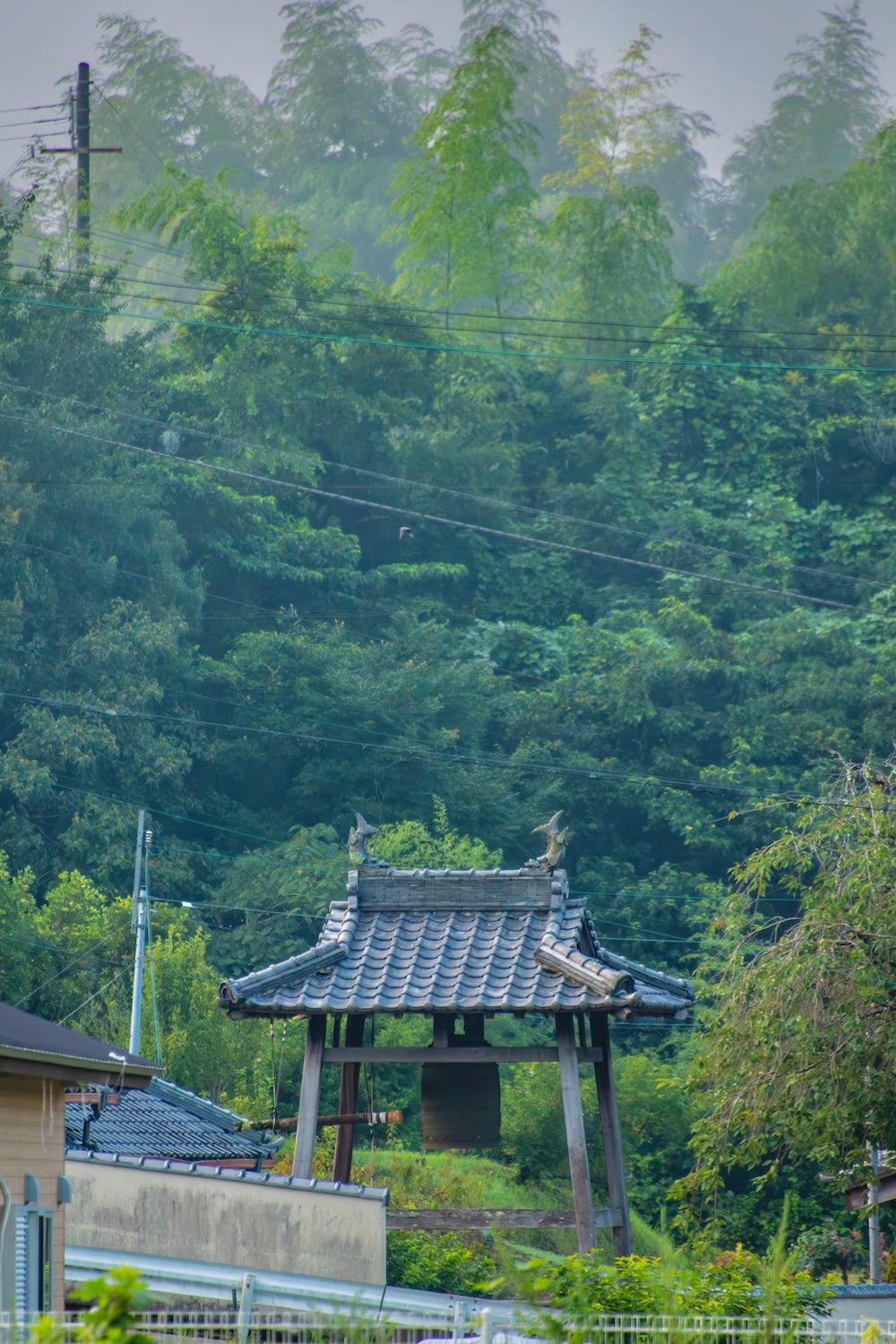
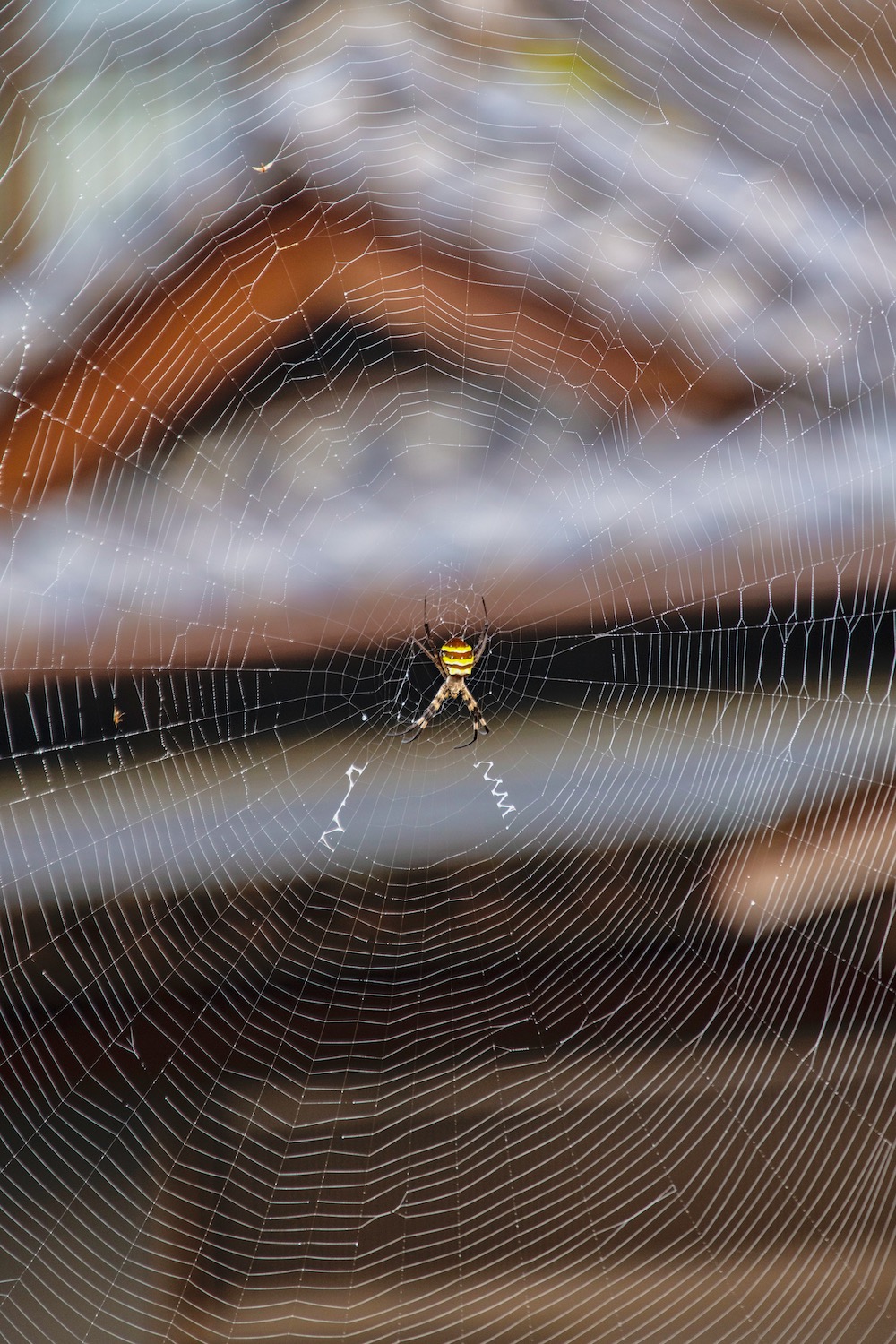
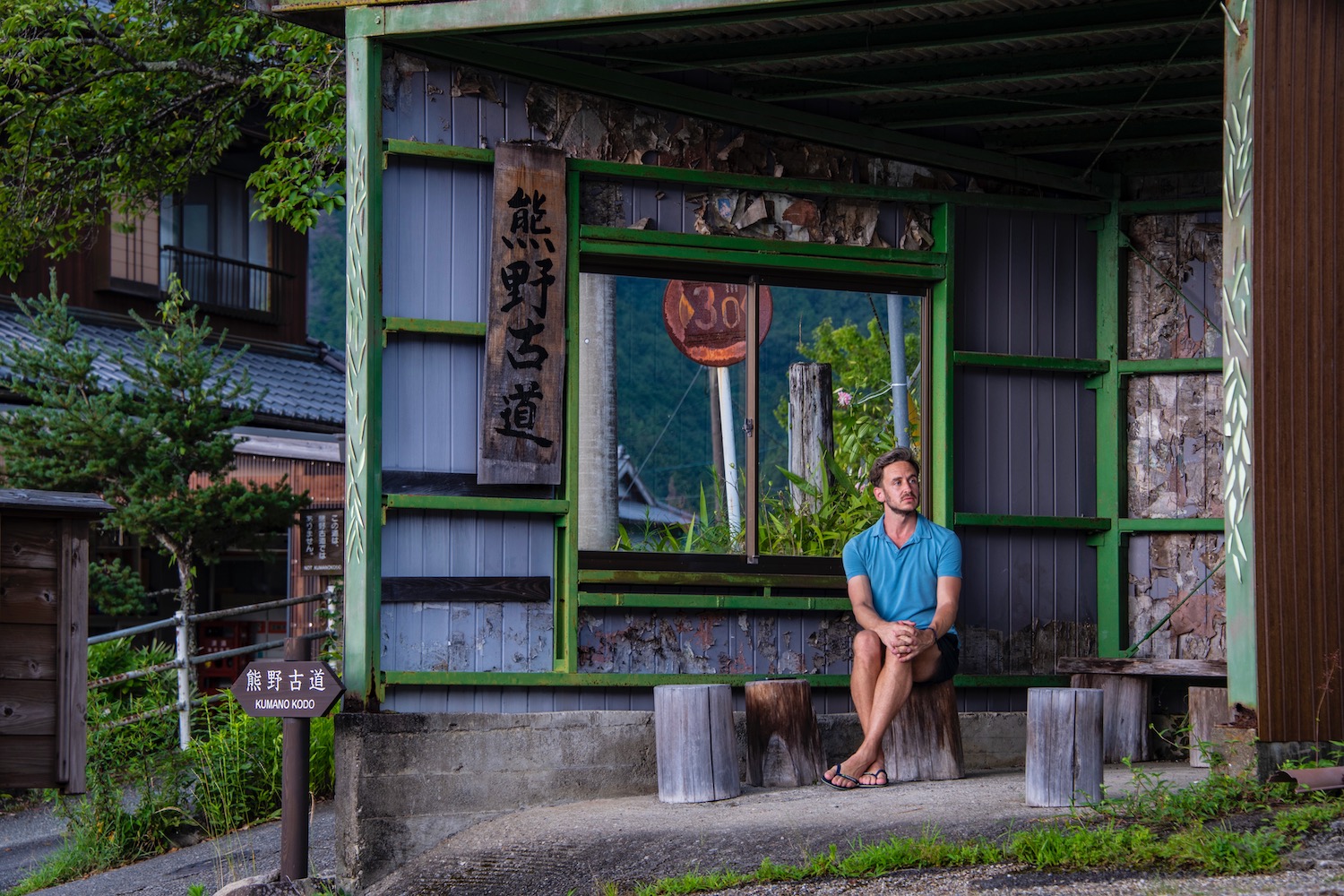
It’s nearly 10 more kilometers to Chikatsuyu, which is where the majority of hikers will spend their second night (assuming you count Kii-Tanabe as night one) along the Kumano Kodo. If you don’t feel like hiking or think you can’t handle it, following the signs from Takahara down to the Kurisugawa bus stop, where you can complete the journey by bus.
Hongu


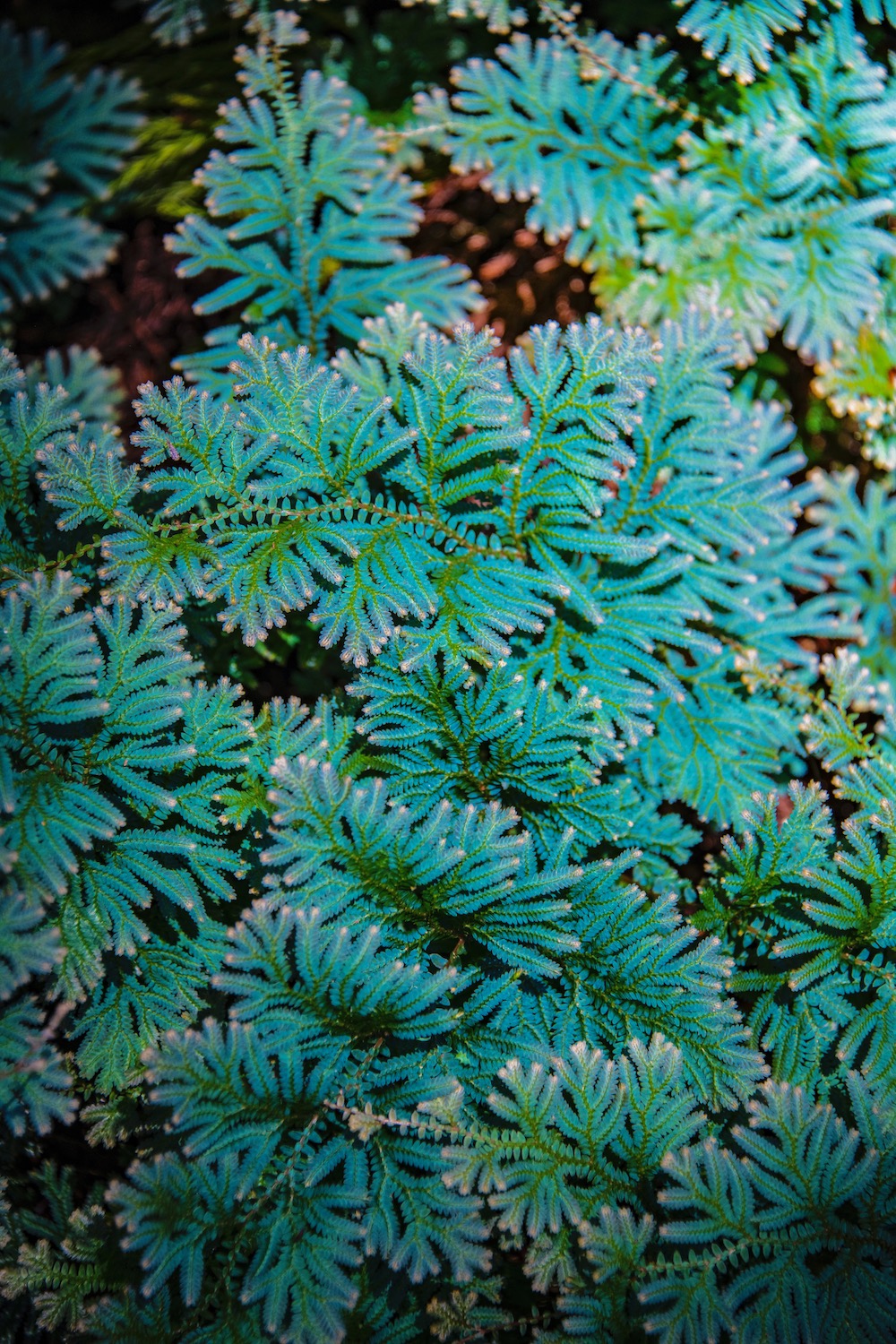
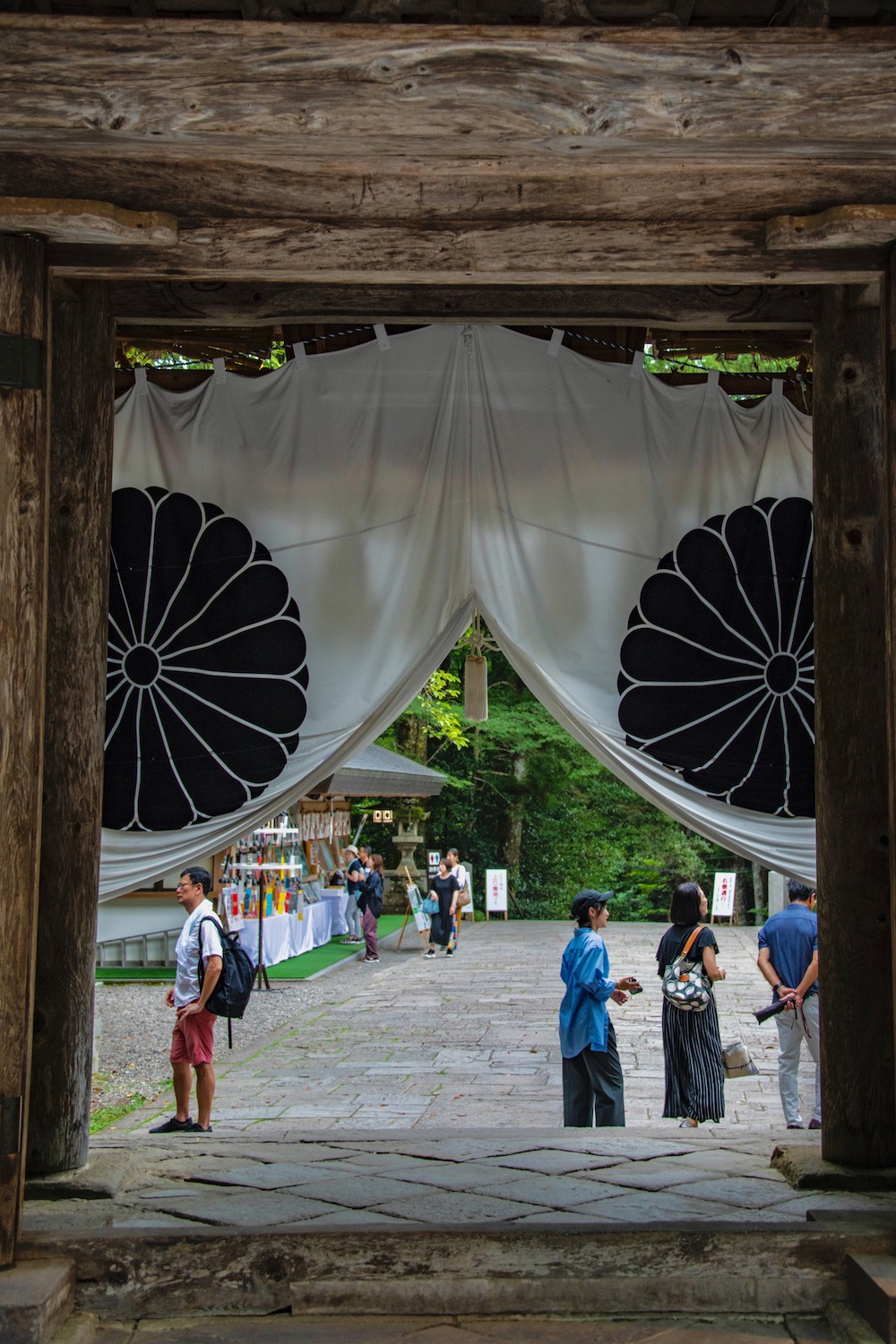
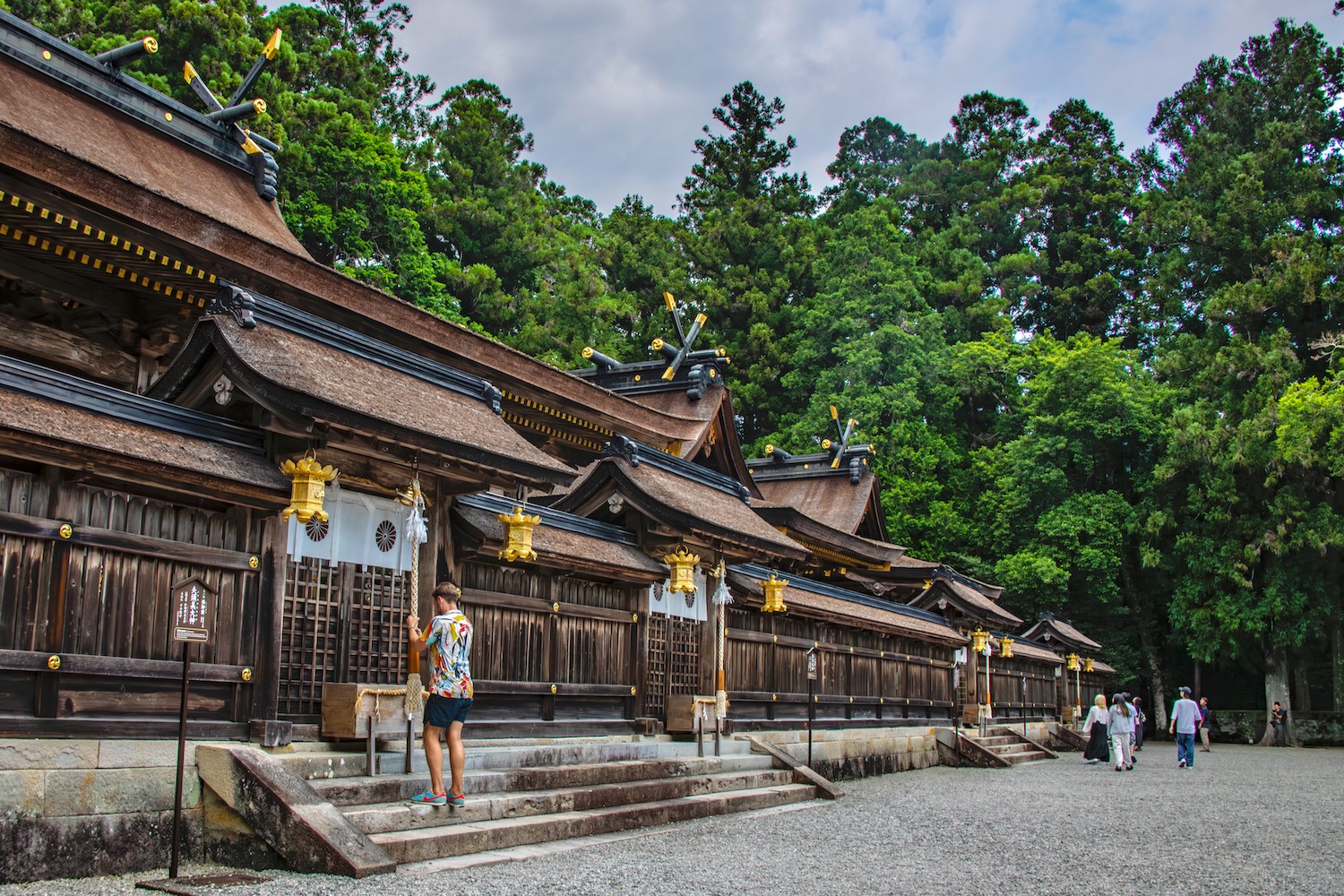
The third day (and second full day) of a Kumano Kodo itinerary is the hardest: It’s 25 km from Chikatsuyu to Hongu, a journey that includes significant changes in elevation and lots of variance in trail quality, and even a temporary detour that now seems to be permanent. While this won’t necessary take you the 9-12 hours most officials say it will, the sheer length of the day will certainly aid your spiritual quest.
Shingu and Katsuura
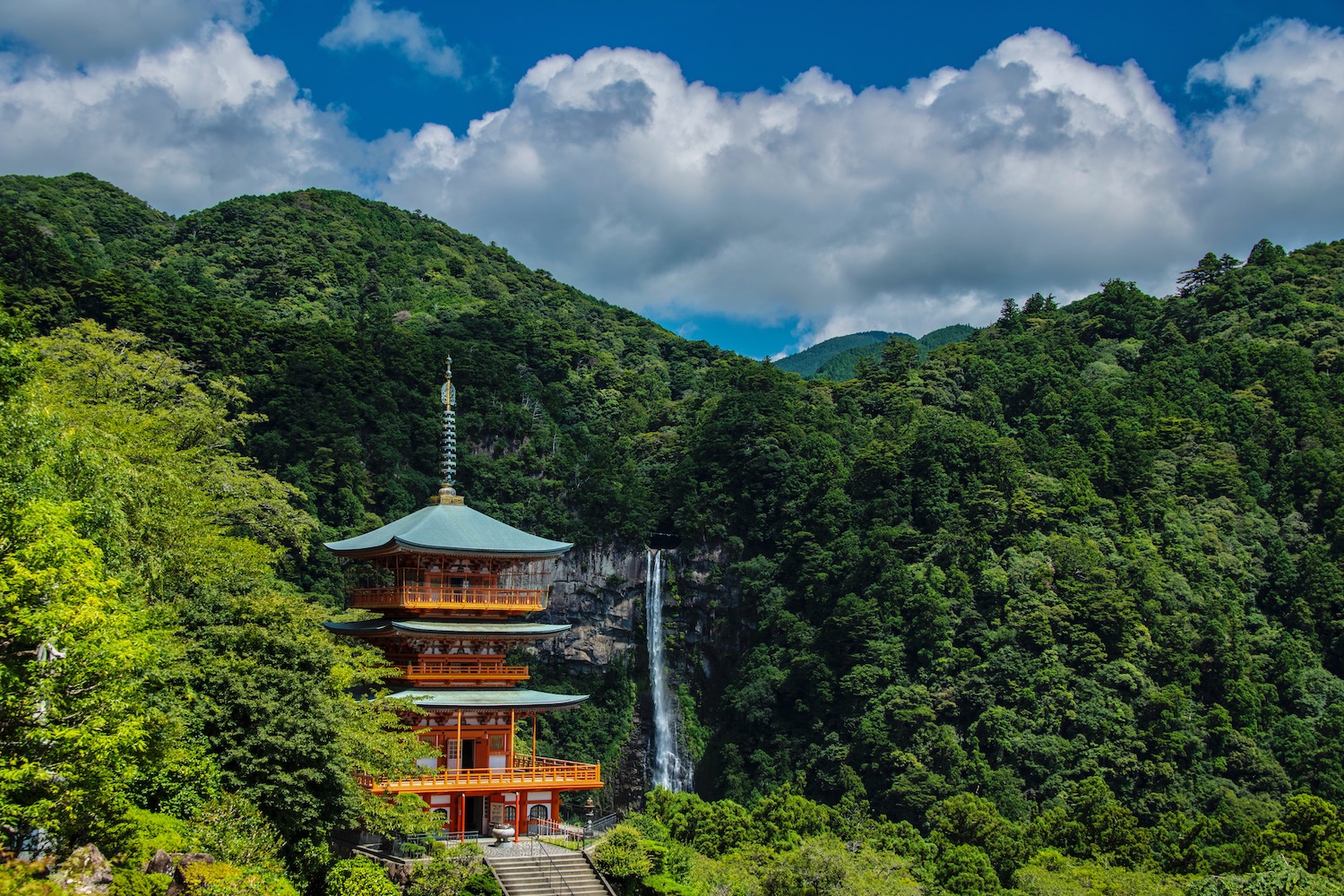

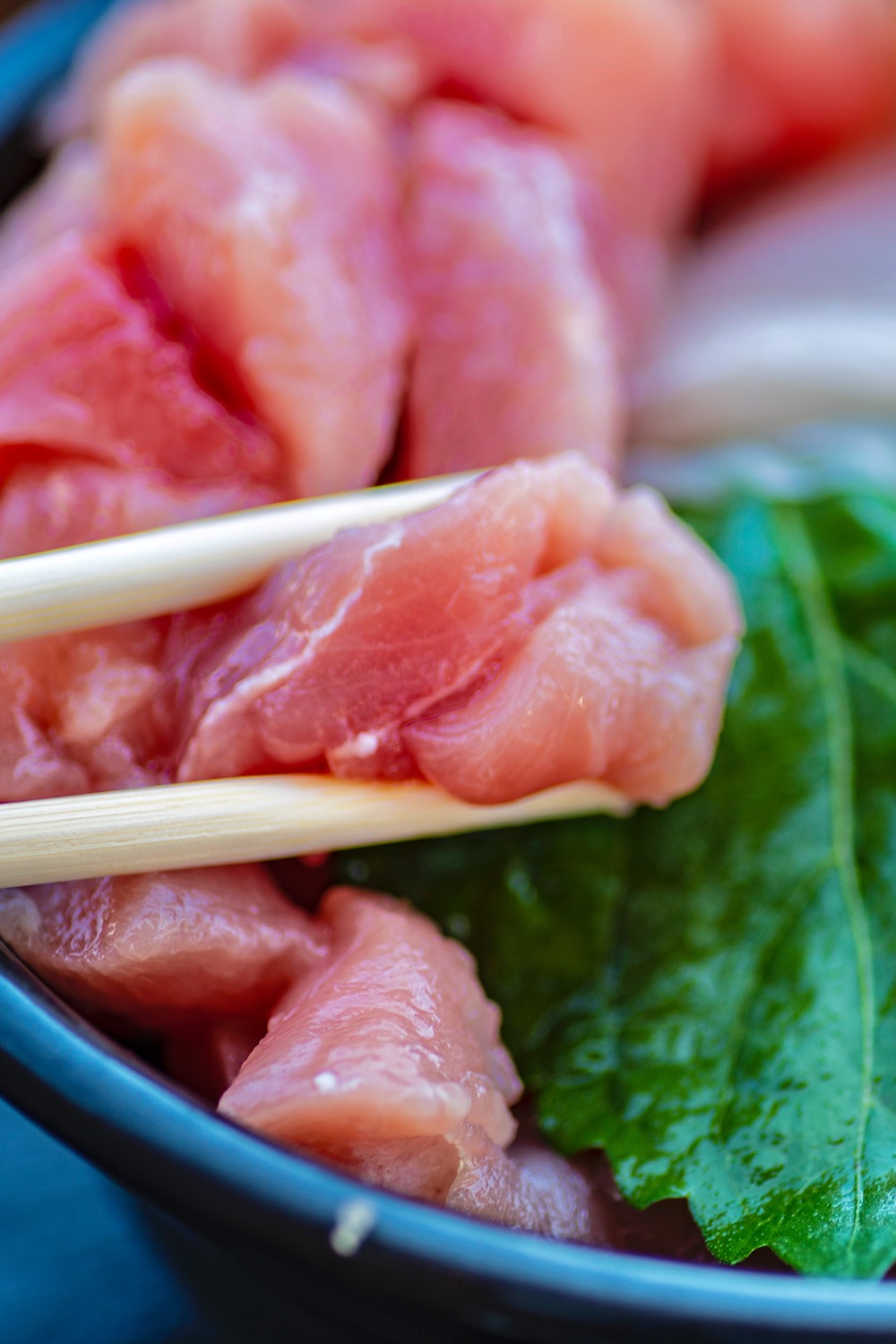
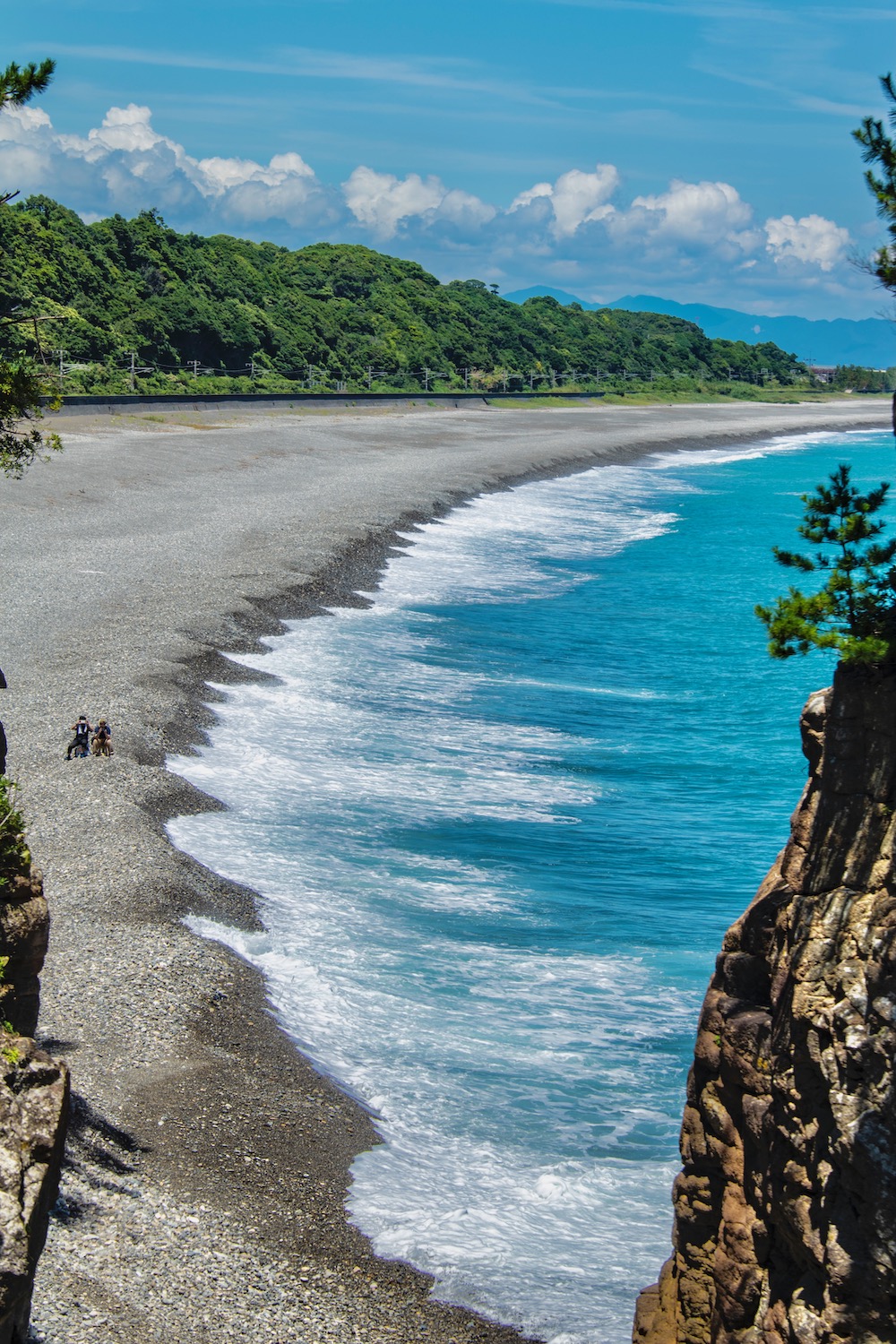

Personally, I enjoy ending my “proper” trek at Kumano Hongu Taisha, and in the nearby town of Hongu, whose torii gate is the largest one in the world. From here I take a bus to Shingu, on the coast, and then a train to Katsuura and bus to Nachi Taisha, aka the waterfall temple. Here, you enjoy two “mini” hikes—the ~2 km up the Daimon-zaka slope to Nachisan; the much shorter (but much more intense) climb up to Kamikura Shrine in Shingu city.
How Do You Book Accommodation Along the Kumano Kodo?
The good news is that an increasing number of Kumano Kodo accommodations are bookable online. In some cases, you can do this directly, such as Kii-Tanabe’s Django Guesthouse (which is a great place to stay before starting your trek), Villa Kumano in Hongu or Sou in Shingu, where I’ve personally recuperated from many Kumano Kodo hikes.
On the other hand, you sometimes need to involve a third party, such as the official Kumano Travel website. They can not only help you book and confirm places to stay, whether you do a Kumano Kodo 2 days or hike a long time, but can also assist with luggage forwarding, and provide you with practical information about the particulars of each day’s trek.

Other FAQ About Hiking the Kumano Kodo
How many days do you need along the Kumano Kodo?
In my opinion, you need a minimum of three days along the Kumano Kodo: A day to get from Kii-Tanabe to Takijiri and start hiking; a day to hike and/or take the bus from Takahara or Chikatsuyu to Hongu; and a day to get from Hongu to Shingu. This doesn’t include the night you’ll likely need to spend in Kii-Tanabe at the beginning of your trek.
Do you need hiking boots for the Kumano Kodo?
If you’re an experienced hiker with a strong body and good skill level, a pair of high-quality sneakers should be fine for the Kumano Kodo. While there are some steep ascents and descents, there’s nothing that requires a huge amount of tread—this isn’t the Himalaya.
How difficult is the Kumano Kodo?
In my experience as a hiker inside and outside of Japan, I’d say that the Kumano Kodo sits somewhere in upper third of hikes I’ve done in terms of difficulty. However, this is less because of how hard the trail is—it’s mostly easy, and often flat—and more because of just how long it is, and how much endurance (both mental and physical) completing it requires. Note that if you do the Kumano Kodo in summer (and I have before!), the heat and humidity will make it significantly more difficult to complete.
The Bottom Line
I hope my Kumano Kodo itinerary has helped you gain an understanding of this incredible pilgrimage route, though I don’t aim to de-mystify it. Having the cold, hard facts about a place does not mean it should lose its mystique. Over the course of your trek, no matter when you set off and how many days it ends up taking you, you’ll experience emotional, intellectual and maybe even spiritual revelations, to an extent that might seem hard to imagine now. Need personalized help planning your Kumano Kodo trek? Commission a custom Japan itinerary—and let me sweat the details.






